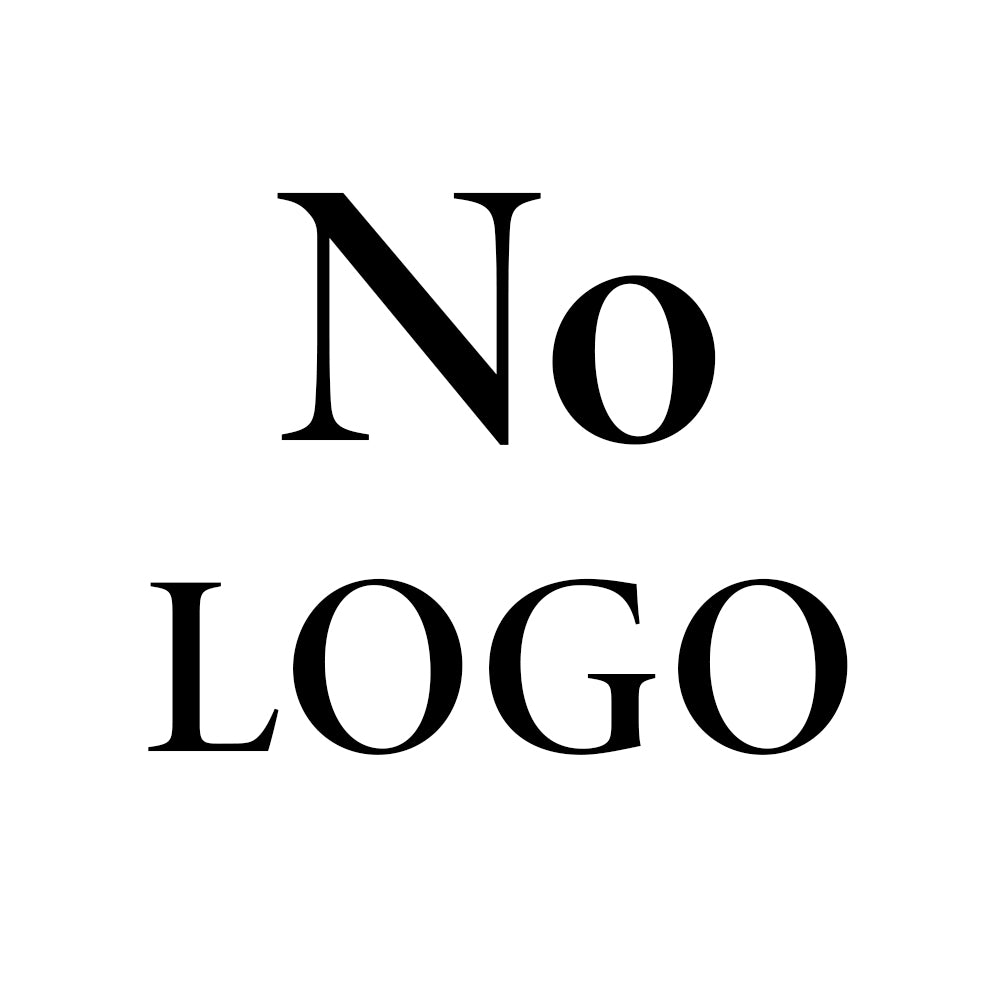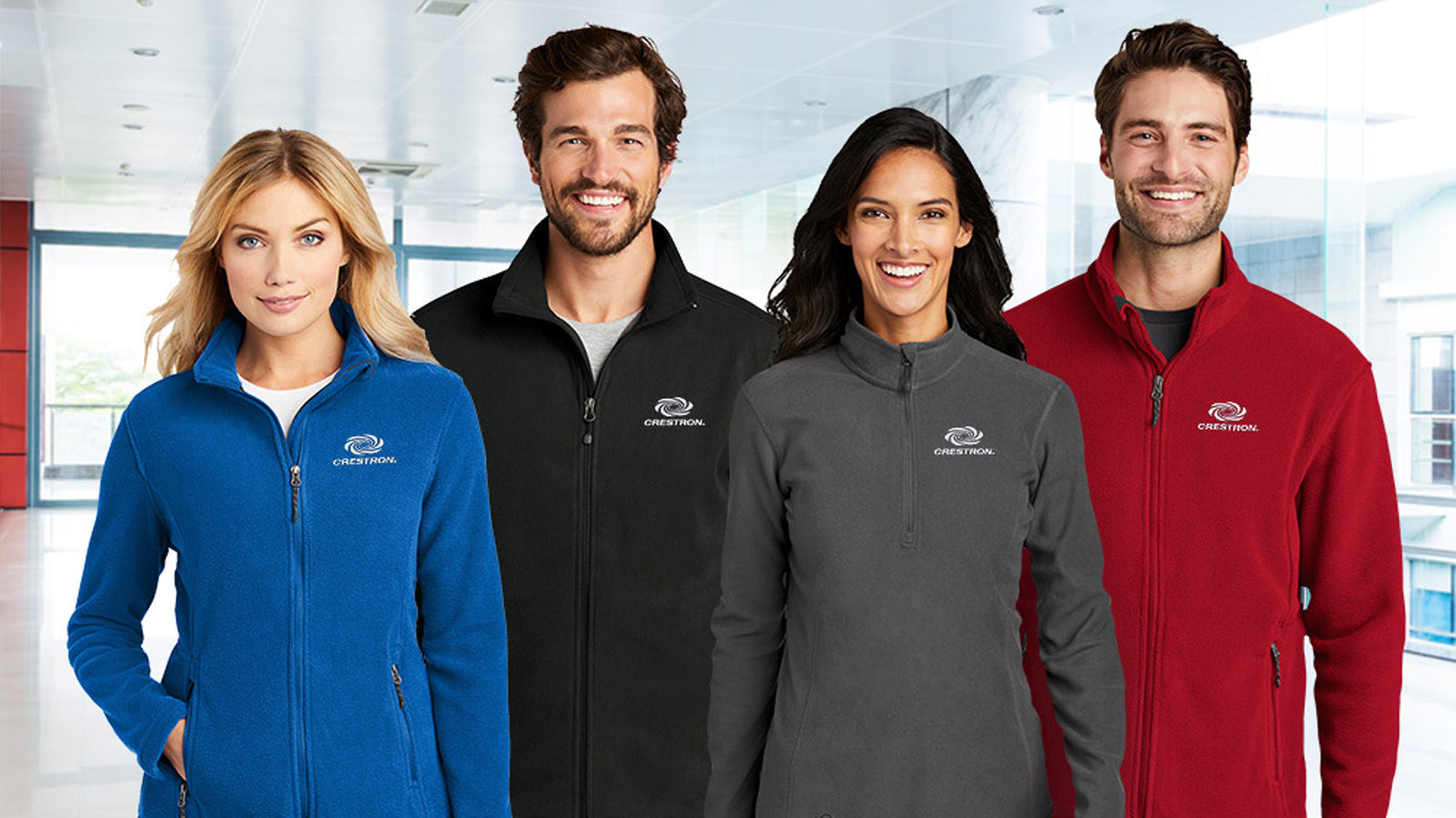Embroidering on a weak or unstable fabric will lead to shoddy-looking needlework or torn clothing. Are you worried that embroidering your microfleece fabric will lead to such problems? If so, you’ve come to the right place. Our article will reveal microfleece’s features, types, uses, and suitability for embroidery. Let’s start with a quick explanation of what microfleece fabric is.
What Is Microfleece?
Microfleece is a lightweight synthetic fabric that consists of densely packed plastic fibers, each of which is thinner than a strand of hair. Contrary to popular belief, microfleece fabric isn’t from sheep wool – microfleece is warmer, lighter, and doesn’t itch. Microfleece is the thinnest and lightest type of fleece, weighing less than 200 grams per square meter. Many clothing brands use microfleece as a performance fabric for shirts, sportswear, sweaters, and lightweight jackets because of its warmth, lightness, and moisture wicking properties.
Microfleece Fabric Characteristics
Below are some features that set microfleece fabric apart from other fabrics:
- Soft and Comfortable: Microfleece is a very soft and pliable fabric. The plush texture ensures a comfortable fit, regardless of if it is a microfleece shirt, skirt, dress, or pants.
- Thin and Light: The fabric’s thinness and lightness prevent overheating in warm weather. Also, since microfleece clothes are thinner and lighter than other clothes, you can easily pack more into a bag.
- Flexible: Microfleece fabric stretches and allows unrestricted range of movement. The stretchiness of the material makes it a good choice for work and sportswear.
- Warm: The high insulation synthetic fabric can keep you warm in winter, especially when you layer with microfleece clothing. Layering with this lightweight material also ensures that your layered clothing won’t feel heavy and restrictive.
- Breathable: Microfleece’s breathability keeps you cool and prevents excessive sweat on your skin.
- Quick Drying: Microfleece clothing dries quickly after washing. During strenuous activity, your sweat will also evaporate quickly from microfleece clothing. Fast-drying sweat can prevent perspiration-related odors.
- No Pilling: Unlike cotton, wool, and nylon fabrics, microfleece does not develop loose fiber strands or balls (fuzz ball or lint ball).
How Is It Made?
Malden Mills (now Polartec) created fleece and introduced the fabric to the sportswear industry in the 1980s. Like regular fleece fabric, microfleece is a polyester created by melting and combining petroleum derivatives at high temperatures. The melted derivatives become a syrupy polymer that producers pass through a spinneret – a metal disc with tiny holes.
As the polymer comes out at the other side of the spinneret, it cools and hardens into thin, long strips. Manufacturers will weave these strips into yarn and knit them to create the fabric. The fabric will then pass through a napper that will brush and raise the fabric’s surface with bristles.
Note that the exact process of making microfleece may vary between different manufacturers. Also, unlike regular fleece, such as polar fleece, microfleece is double-sided, thinner, lighter, and softer.
What Is Microfleece Made Of?
Many people think microfiber and microfleece are the same, but they are not. Both are synthetic fabrics made of plastics or petroleum derivatives, but microfleece is softer and less absorbent than microfiber.
Top microfleece manufacturers make their products with PET (polyethylene terephthalate) fibers. You can also find eco-conscious manufacturers that make microfleece from recycled plastics. Adding Teflon coating to the fabric can make it more wind and waterproof.
Microfleece vs. Cotton
Microfleece and cotton are both breathable fabrics that are smooth to the touch. However, cotton is more breathable and cooler than microfleece on hot days. Other dissimilarities that differentiate both fabrics are:
- Source: Cotton is natural, while microfleece is synthetic. Since cotton is biodegradable and renewable, it’s eco-friendlier than microfleece.
- Moisture Retention: Cotton takes longer to dry because it absorbs and retains moisture. Microfleece absorbs less than 1% of its weight in water and dries quickly. The minimal water retention makes microfleece ideal for wet weather and sweaty people.
- Insulation: Microfleece offers better insulation than cotton, making it a better choice for winter clothing.
- Weight: Since microfleece is thinner and lighter than cotton, it’s more comfortable to wear. It’s also easier to pack.
- Durability: Microfleece fabric is more resilient, meaning it can endure more strain, and you can use it longer without it fading or tearing.
- Stretchiness: Microfleece stretches more than cotton, making it a better choice for sportswear.
How Is It Used?
Microfleece use varies between individuals. The comfort and resilience of the fabric make it ideal for not only everyday clothing but also workwear and high-performance gear.
For example, many polo shirt makers use microfleece because it’s breathable enough to wear on hot days and warm enough to wear in winter. Since the fabric retains minimal sweat and dries quickly, workers or athletes can stay comfortable in microfleece for long periods without worrying about odors or other moisture-related issues.
Microfleece’s durability and soft texture make it ideal for outerwear garments, such as light outdoor jackets. Manufacturers also make sheets and blankets out of the fabric.
Is Microfleece Fabric Right for Embroidery?
Microfleece fabric comes in various colors, and it makes a lovely canvas for embroidery projects. The woven fabric is suitable for embroidery because its thickness prevents tearing. The best microfleece for embroidery will return to its original shape after stretching. If the fabric loses its shape after stretching, it could distort your embroidery.
At Thread Logic, we are artists with years of experience embroidering brand names and more on microfleece work apparel and other clothing. Contact us for custom embroidered layering apparel, such as sweaters and hoodies for your team.
Our Favorite Microfleece Apparel at Thread Logic
Top-selling microfleece apparel at Thread Logic include:
- Port Authority Ladies Microfleece Jacket: A stylish body-hugging jacket made with 100% polyester microfleece. It will keep you warm and looking chic, and you can get it in various colors that match your brand or logo.
- Eddie Bauer Microfleece Jacket: A durable and good-looking 100% polyester microfleece jacket. The material stretches to ensure maximum range of movement during various activities. You can have your brand name or logo embroidered on the back or chest.
- Port Authority Heather Microfleece 1/2-Zip Pullover: The 100% polyester microfleece pullover will keep you warm during cold months. Available colors include black charcoal and pearl grey.
- Port Authority Ladies Microfleece Vest: You can wear this armless microfleece vest as an outer layer with your brand logo emblazoned on the back or front.
- Clique Ladies Summit Full-Zip Microfleece: The durable, stain-resistant, soft, and slim-fitted microfleece jacket is ideal for active ladies.
Get Top-Quality Embroidered Microfleece Clothing
Now that you know microfleece fabric is suitable for embroidery, you are probably considering making some custom outfits. Get embroidered microfleece clothing made exactly to your specifications by talking to our Thread Logic team.
We craft microfleece embroidered jackets, shirts, hats, bags, and more for individuals and business teams. Our crew handles projects of all sizes and offers quantity discounts. Contact us today to start your embroidery project.


